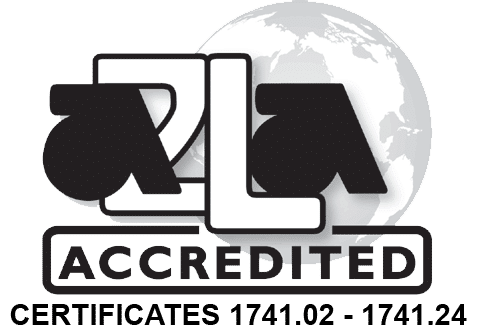Reducing Waste and Raw Material
Do rising material costs have you looking for ways to reduce raw material usage and waste?
We have heard lots of concerns from customers recently related to increased raw material costs, predominately due to tariffs. When material costs go up, the best way to protect your margins is to reduce raw material usage and waste. Implementing measurement solutions that are custom to your process can help you to achieve these goals while also collecting valuable data and improving quality.
Automated batching is a great way to accomplish a number of goals including reducing raw material usage and waste, as well as improving quality, efficiency, and safety. Let’s say you are a chemical manufacturer and your processes in manually batched by operators. Every time an ingredient is added there is an opportunity for waste due to the manual nature of the process. Whether an employee isn’t paying attention or they are being overly conscious to avoid under-filling, the amount of material added will never be perfectly consistent. By automating your process, you can ensure that every batch is exactly the same. This eliminates the overuse of raw materials while simultaneously improving the quality of your product.
Another common problem we see is tooling and die issues, which result in wasted product. Imagine that you work in a factory that stamps metal parts for appliances. Every time a die or tool wears down or is damaged the parts being stamped will not be not be acceptable for use. This means that they will at the very least have to be reworked, but likely scrapped. With rising steel and aluminum prices, you can see why this would be an issue. By implementing an inline measurement system to visually inspect each part as it is stamped, you can very quickly see when wear or damage occurs and address the problem before excess material is wasted.
Sometimes, the issue is that the tooling and dies are unacceptable before they are even put into use. A way to be proactive in avoiding waste would be inspecting all of your tooling before it is put in to use on your plant floor. Whether you do this yourself or outsource the work to a third party, the wasted material saved is well worth the cost of inspection.
What if you have waste somewhere in your process but you can’t determine exactly the cause? This is a common problem that can be resolved utilizing a waste monitoring system. The system will look slightly different and can be stationary or modular depending on your process. Before disposal, all waste created is weighed and then tracked by material, department, and shift — allowing you to see trends over time and pinpoint areas of concern.
These are just a few examples of how improving measurement in your process can help you cut cost by reducing waste and raw materials used. There are any number of solutions to reducing waste in your process, and at Cross, we have a team of engineers who get up every morning to tackle problems just like these. Take a look at our past engineering projects to see more examples like the projects above and contact us today to learn more about how we can help you use less raw materials and create less scrap.
Want to share or download this article for later reading? Here’s a downloadable PDF copy: Reducing Waste and Raw Material

